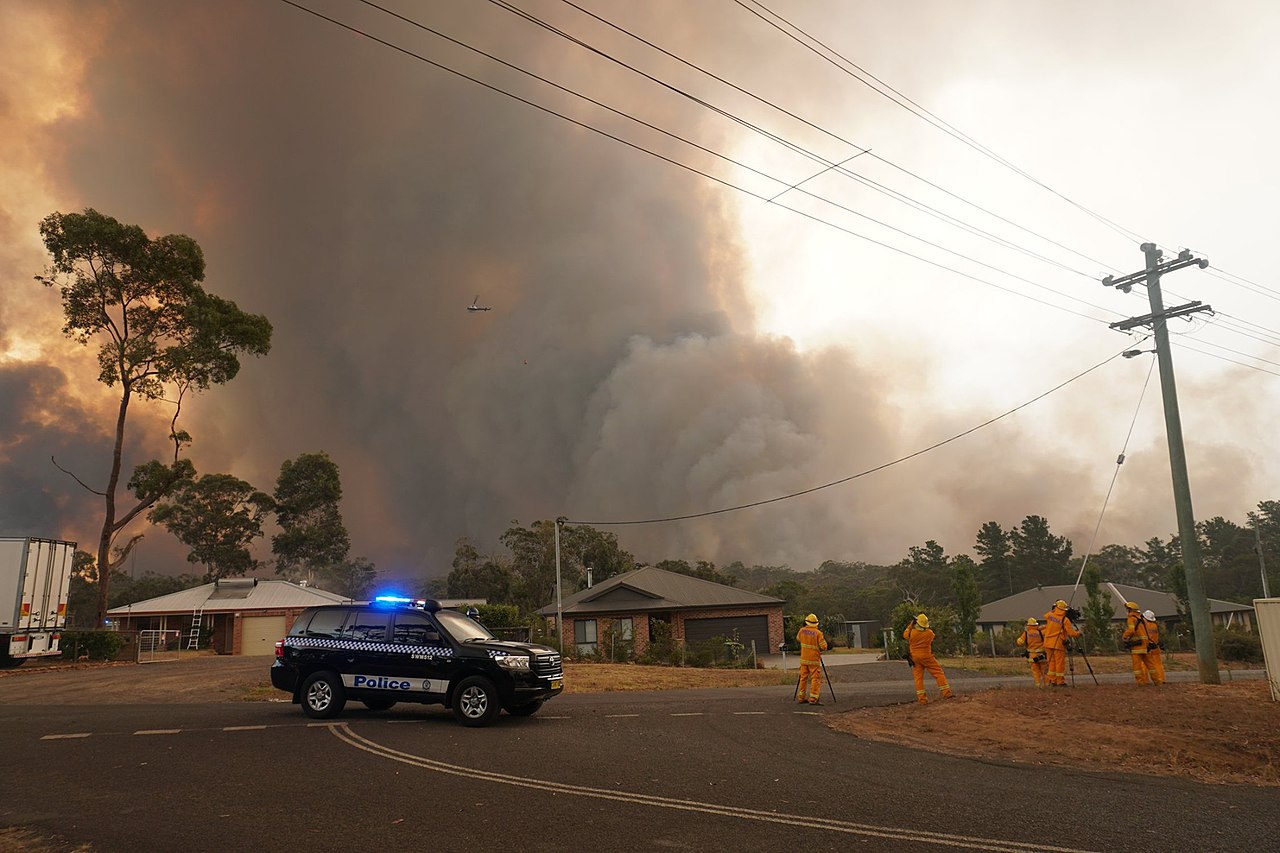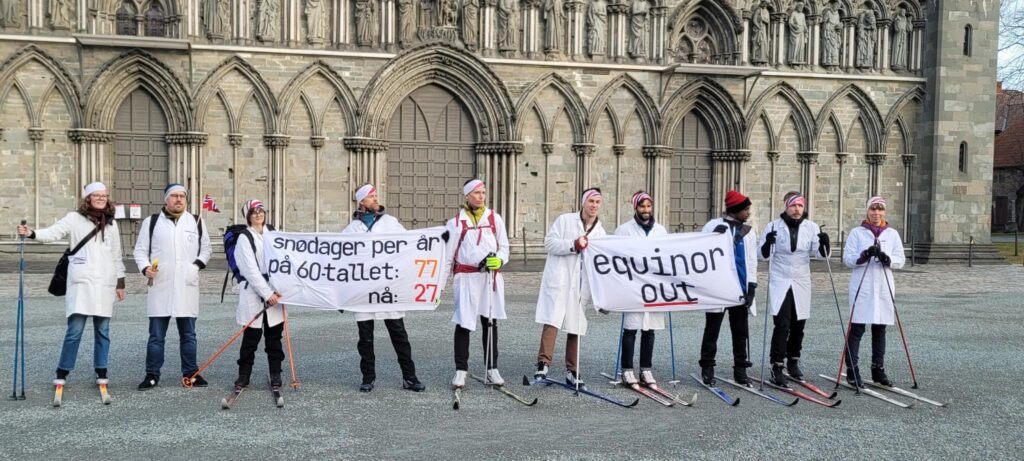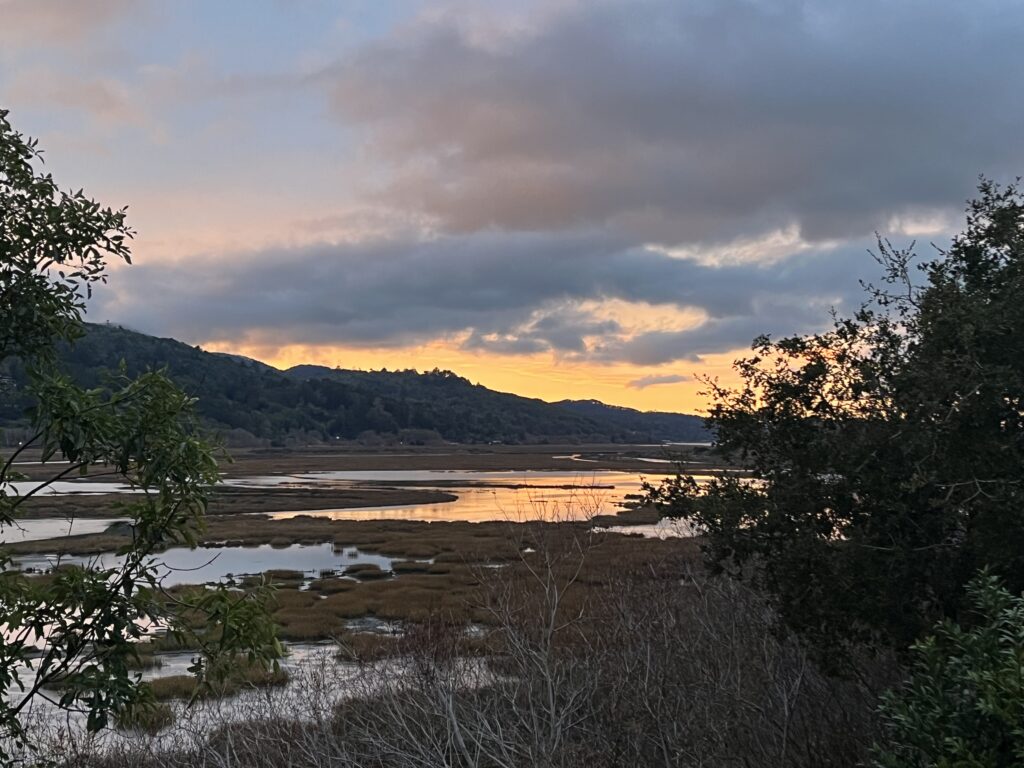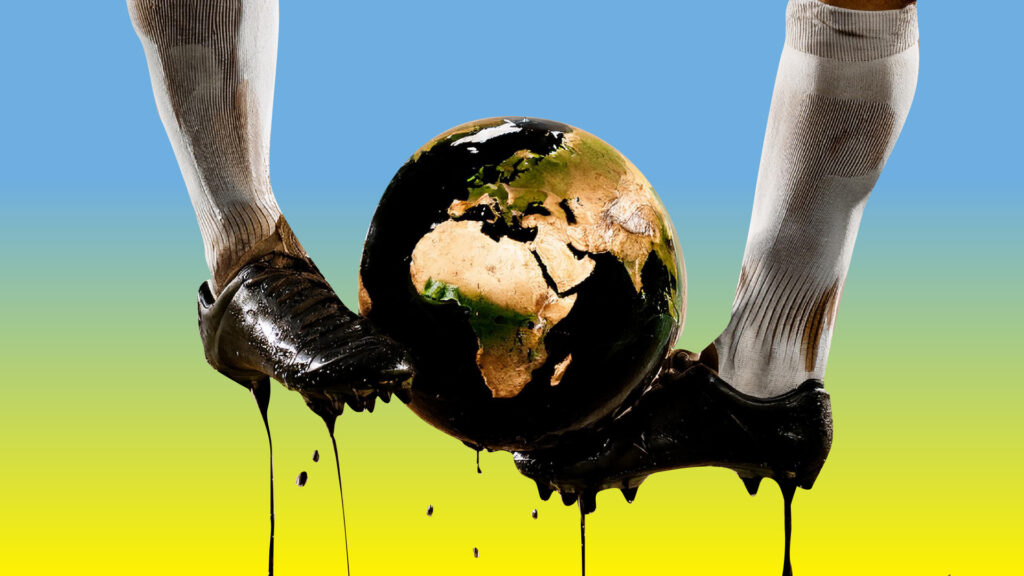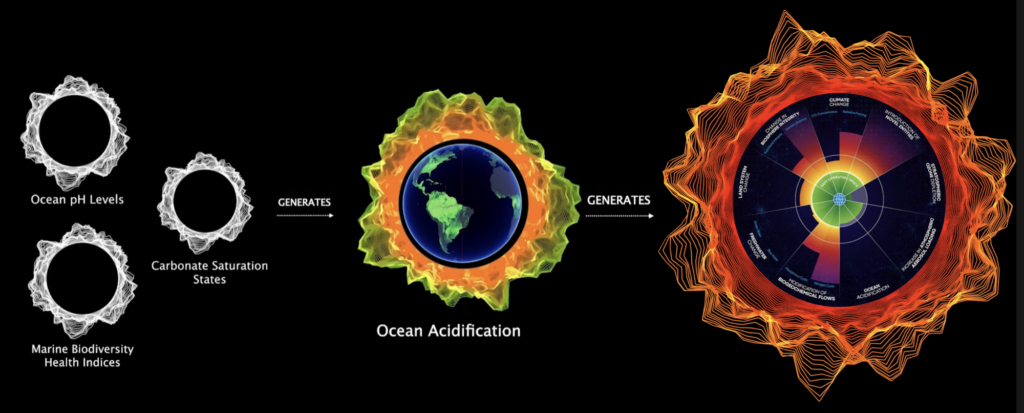By Martin Bush. Reposted with permission from ClimateZone.org.
The next decade will be noisy as hell. As more intense wildfires blaze across every continent except Antarctica, the sound of the planet burning will only get louder.
Climate scientists are looking back over the last decade, collating the data, and reviewing the numbers. Every single one of the most important metrics are signaling a worsening situation. It’s common knowledge that emissions of the carbon gases continue to increase and that this is driving up global temperatures, but the intensifying impact of heat waves and wildfires is starting to overwhelm governments’ capacity to keep these disasters under control.
Driven by record-breaking temperatures, wildfires have blazed across Australia killing nine people since September, destroying about 1000 homes, and burning close to 5 million hectares. California’s fire season is winding down but has been once again disastrous, displacing thousands from their homes, and burning more than 100,000 hectares. Seven of California’s 10 most destructive wildfires have occurred in the last four years.
Our researchers @NOAA sent over this Dec. 31 #GeoColor #Himawari8 satellite image of the #AustralianFires, some of which are under cloud cover. Part of the reason why it is so cloudy is that the #fires and #smoke are intense enough to produce #pyrocumulus #clouds. pic.twitter.com/UuyfS44fPX
— NOAA Satellites (@NOAASatellites) December 31, 2019
Although the fires in the Amazon have triggered an international outcry, wildfires were burning in Siberia, Indonesia, Lebanon and across large areas of Asia.
The prolonged periods of record-breaking temperatures warm the oceans — which absorb over 90 percent of the heat trapped by the greenhouse gases. We now have marine heatwaves and warm ‘blobs’ that play havoc with marine biodiversity, intensify coral bleaching, and strongly influence regional weather.
As temperatures climb in the arctic, the Greenland ice sheet is melting faster than anticipated. “The rate and magnitude of Greenland ice sheet loss, and of ice loss globally has been dramatic,” said Twila Moon, a climate researcher with the U.S. National Snow and Ice Data Center.
More alarming still is the possibility of the collapse of the west Antarctic ice sheet. Once thought to be strongly resistant to any changes in the global climate, scientists now know this is not the case. “The worst-case tipping point scenarios shouldn’t be off the table,” insists Jason Box, a climate scientist with the Geological Survey of Denmark and Greenland. A U.S. researcher was more emphatic: “We’re living the worst-case scenario,” said Oregon State University scientist Philip Mote.
Arctic Tipping Points
The Arctic is warming faster than the global average, a phenomenon called Arctic Amplification. This persistent warming has been observed since 1980, and average Arctic air temperature for the past six years have all exceeded previous records since 1900. The rising temperatures are driving three distinct sequences of events, each of which is part of a self-reinforcing feedback loop that, acting together, could have potentially disastrous consequences for global warming.
Sea surface temperatures in the Arctic Ocean are driven mainly by solar warming. Greater warming occurs in ice-free regions of the ocean where the dark water surface absorbs solar radiation up to 10 times more readily than the brighter sea ice surface, which largely reflects sunlight.
A decade of climate science research shows climate tipping points are closer than we thought. Arctic sea ice is one of the big concerns with cascading consequences, as @bberwyn explains.https://t.co/3AfdQ6b1pK
— InsideClimate News (@insideclimate) December 29, 2019
A similar phenomenon is occurring on the Greenland ice sheet as the ice thins and melts, and rocks and darker surfaces are exposed. More solar energy is absorbed, and surface air temperatures slowly rise. The increase in relative amounts of open water and snow-free land leads to warming surface air temperatures, which in turn leads to more melting and more warming.
On land, the warming surface temperatures are causing the thawing of perennially-frozen ground known as permafrost — ground which is estimated to hold approximately 1,500 billion tonnes of organic carbon, about twice as much carbon as is currently in the atmosphere.
The warming soil promotes the microbial conversion of carbon that is stored in permafrost into the greenhouse gases carbon dioxide and methane. Released into the atmosphere, these gases trigger even more rapid warming.
Recent studies show that carbon release during the Arctic winter is 2 to 3 times higher than previously estimated. This level of emissions is more than enough to offset the absorption of carbon during the growing season. According to Dr. Ted Schuur, writing in the 2019 Arctic Report Card, “These observations signify that the feedback to accelerating climate change may already be underway.” In other words, the Arctic permafrost tipping point has very likely been triggered.
Scientists Speak — to no Avail
In November 2019, citing a moral obligation to clearly warn humanity of any catastrophic threat, more than 11,000 scientists from around the world signed a declaration in which they stated, “clearly and unequivocally that planet Earth is facing a climate emergency.” This declaration was just a few weeks before the 25th Conference of Parties to the Paris Agreement where, as has been widely reported, very little was achieved except for the expenditure of millions of dollars to host the event. The persuasive and evidence-based declaration by the scientists had absolutely no effect on the government representatives participating in the meeting. Nor did half a million people, mostly young, marching in the streets of Madrid protesting the lack of action.
So what does it take to get meaningful action on climate change?
A War Without an Enemy?
Several commentators have suggested that to speak of the ‘war against climate change’ is futile and pointless because a war implies an enemy and we don’t have one. In a recent O’Hagan Essay on Public Affairs, Chris Turner, opined that “the war-footing metaphor stumbles on its understanding of the kind of problem climate change really is. A war after all implies an enemy. Whom are we trying to defeat?” He then goes on to identify the world’s largest fossil fuel companies as being the principal culprits driving climate change, but then excuses them by saying that we need them because “More than 80 percent of all the world’s energy, at the last count, was still derived from fossil fuels.”
This is true. But there’s a reason the world is so dependent on fossil fuels, and it’s not because there are no alternatives. It’s because the fossil fuel companies spend a fortune to convince governments, regulatory agencies, and policymakers that there are no other available options — which is absolutely false. The amount of money invested by the oil and petrochemical companies to ensure that governments keep a compliant and enabling mindset is staggering. In the U.S., fossil fuel and trade groups paid public relations and advertising firms at least $1.4 billion from 2008 to 2017 to help them “win over the American public.”
Top oil firms spending millions lobbying to block climate change policies, says report https://t.co/zC6AFFbqv2
Big oil and big coal are pouring in money to block efforts to slow climate change. Nothing but greed.
— 2amtrash (@Clementinezoe) December 26, 2019
In Europe the numbers are smaller but likely no less influential. The five largest oil and gas companies spent at least $286 million lobbying the European Union on climate policies since 2010. Governments that refuse to eliminate fossil fuel subsidies are complicit in this flagrant manipulation of the truth and the erosion of public trust. The UK, Ireland, Canada and France have all declared climate emergencies, while at the same time, they reportedly have given as much as $27.5 billion annually in support of the fossil fuel industries in the form of subsidies, tax breaks, and other financial incentives. This practice makes a mockery of carbon pricing policies.
The totally immoral behavior of the fossil fuel companies is a global scandal. They know full well that most of their existing reserves of coal, oil, and natural gas need to be kept in the ground if the Paris Agreement targets are to be achieved, yet they continue to invest billions in exploring for additional reserves of oil and gas. Meanwhile, they greenwash their image by spending insignificant amounts of money on low-carbon energy sources while bragging about their clean energy credentials.
Yes, we know who the enemy is. In the decade of the roaring twenties, the societal conflict between the fossil fuel industries, compliant government agencies, compromised politicians, and environmental activists determined to limit the damage to the planet will intensify, and very likely become more violent. But for both sides, this may be a losing battle. If the permafrost tipping points really have been triggered, the roaring twenties may simply be the first decade of the end game.
Main image: The Green Wattle Creek bushfire moves towards Australia’s Southern Highlands township of Yanderra as police evacuate residents on December 21, 2019. Credit: Helitak430, CC BY–SA 4.0
Subscribe to our newsletter
Stay up to date with DeSmog news and alerts


